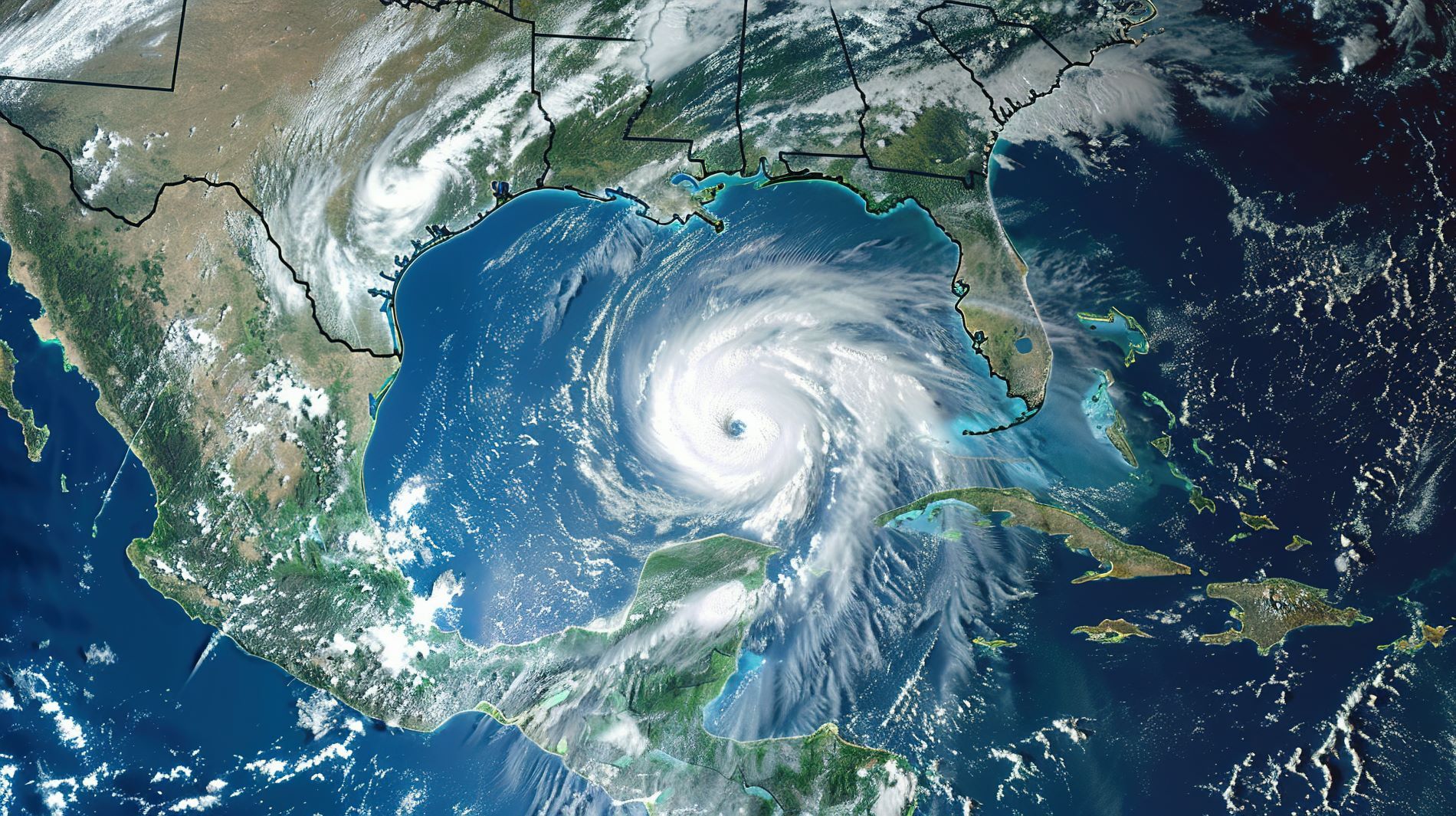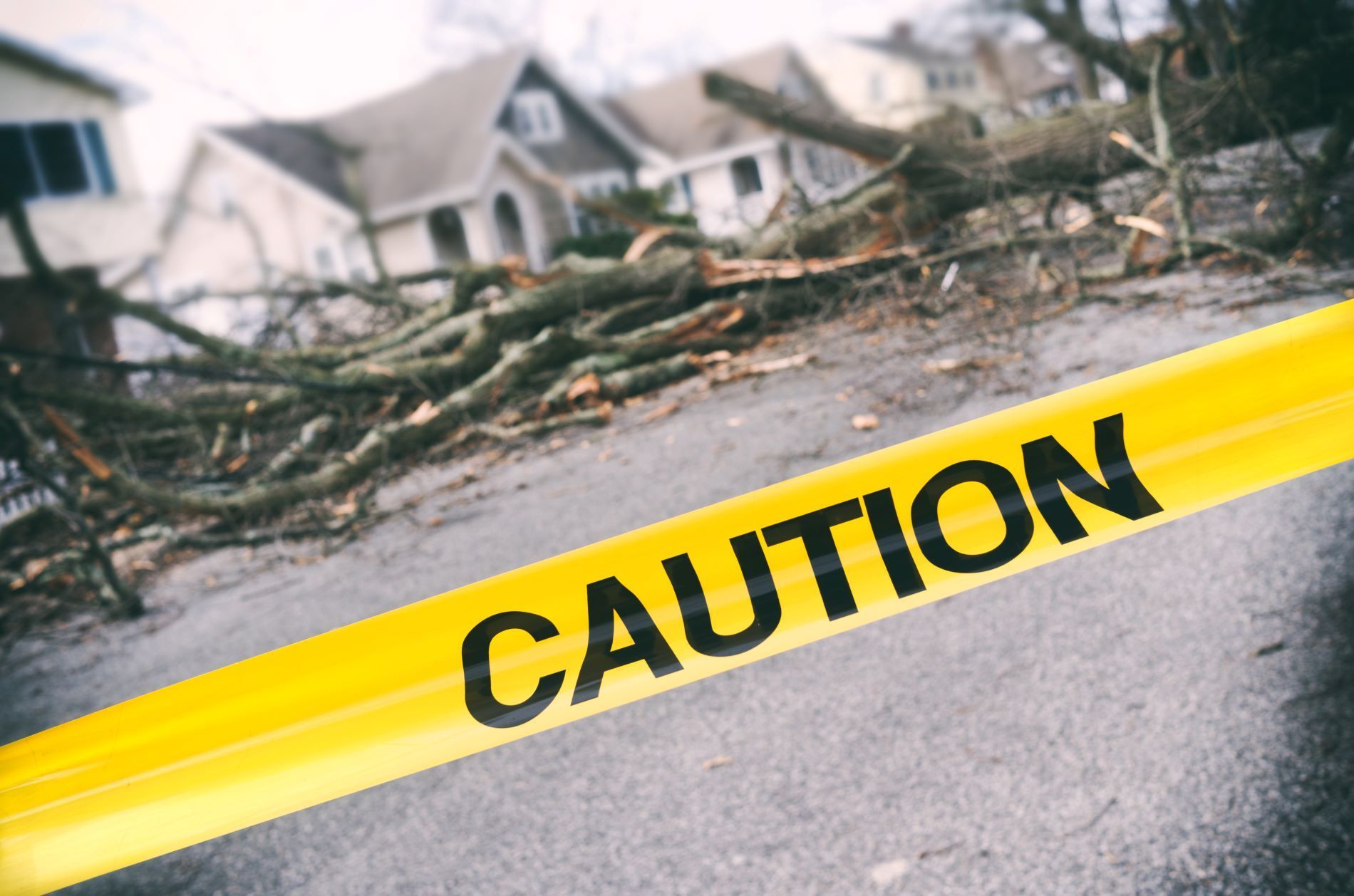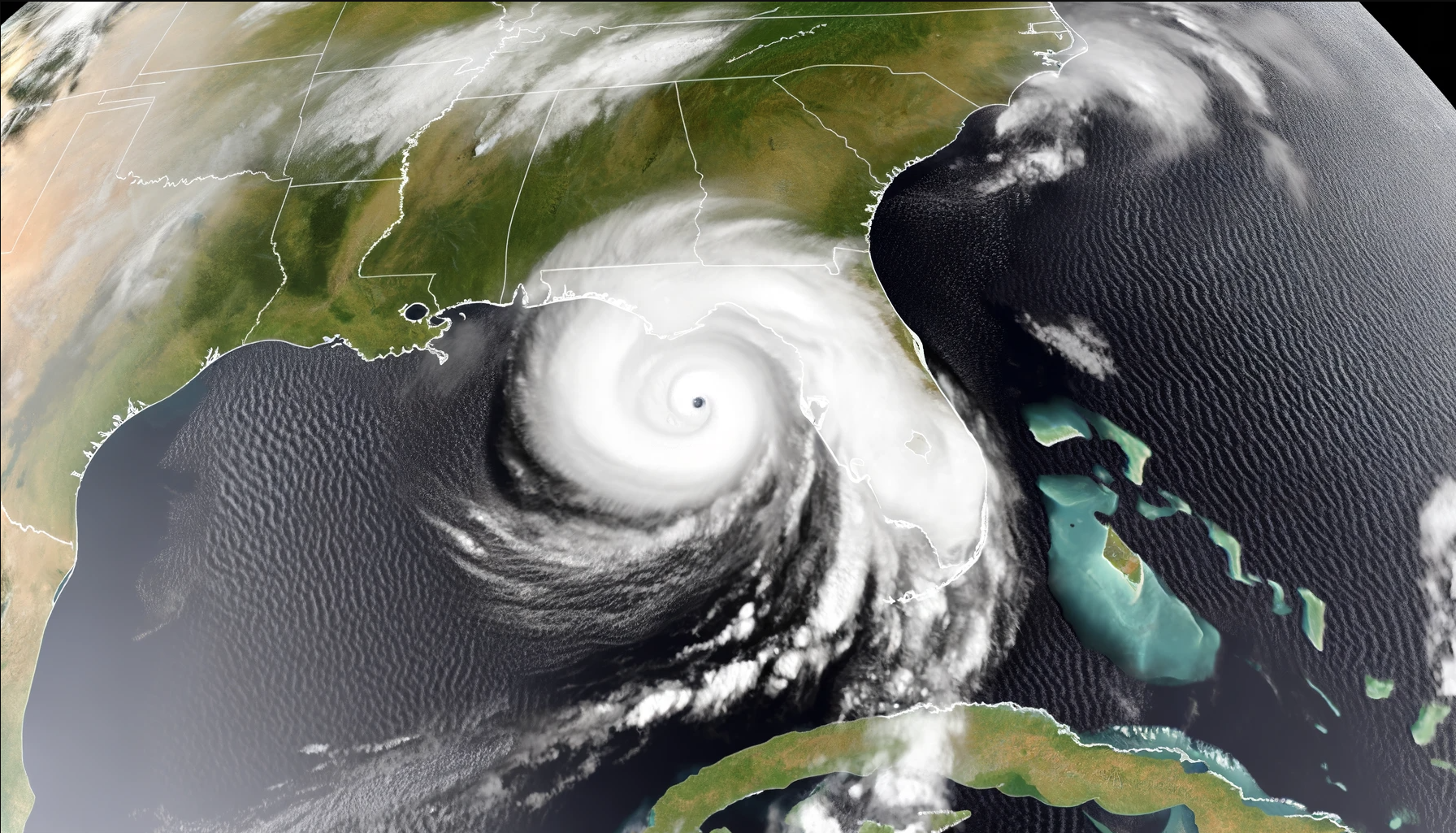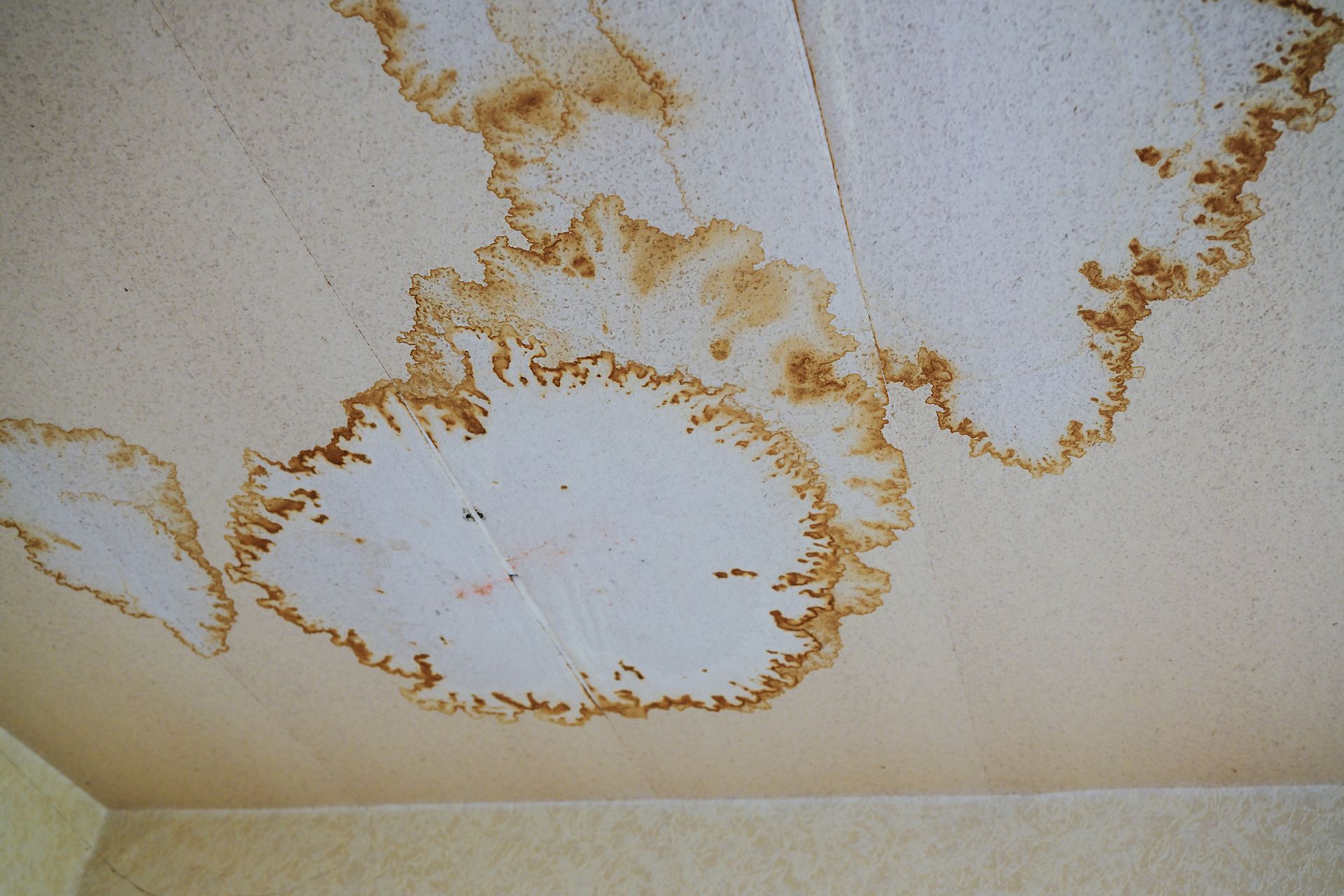Roof Insurance 101: Guide to What Really Happens With Your Roof

Roof insurance 101: A Plain-English Guide to What Really Happens With Roof Coverage
Your roof is the most expensive single system of your home and the one insurers worry about the most. Hail, wind, sun and age all attack it every day. When a roof has problems, leaks follow, then drywall, floors and mold. That is why roof coverage has its own rules, deductibles and endorsements. Consumers need to know how it works, what happens after damage, and what you can do to protect your wallet and your policy.
Why Roofs Get Special Treatment
A roof claim is common in many states and the average cost has climbed with material prices and labor shortages. After heavy hail years in places like Texas and Colorado, many insurers changed how they settle roof losses, added wind and hail deductibles, or introduced roof schedules. Florida’s litigation and contractor solicitation wave in the 2010s also pushed carriers to tighten roof language. None of this is about scaring you. It is about understanding why your policy may read differently for the roof than for your kitchen cabinets.
Settlement Options: Replacement Cost vs Actual Cash Value
Replacement value means the insurer pays what it takes to put you back the way you were with like kind and quality, subject to your deductible and policy limits. Most RCV policies pay in two steps. First you get an initial payment based on ACV. Then, after you replace the roof, you recover depreciation and get the rest. Actual cash value means age and wear are subtracted up front. Think of ACV as garage sale value. An older roof can see large depreciation, so the check is smaller. If your policy says roof losses are ACV only, you will not get the depreciation back later.
How Materials and Age Change the Math
Shingles, metal, tile and flat roofs behave differently. Architectural asphalt shingles are common and relatively affordable to replace. Impact resistant shingles can earn a discount and sometimes help keep your deductible from biting as hard in hail country. Metal resists hail penetration but can dent. Many policies now include a cosmetic damage exclusion for metal roofs, which means dents without leaks are not covered. Clay and concrete tile can be pricey and slow to source. Flat roofs use membranes that are more sensitive to ponding water and installation quality. The older the roof, the more depreciation applies on ACV settlements and the more likely a roof schedule or condition is attached to your policy. Photos and receipts help prove age and material quality.
What A Roof Schedule Endorsement Is
A roof surface payment schedule endorsement sets a fixed payout percentage based on the roof’s age and sometimes its material. Example: 0 to 5 years might pay 100 percent, 6 to 10 years 70 to 80 percent, 11 to 15 years 40 to 60 percent, and so on. It is not personal. It is math the policy applies no matter how well you maintained the roof. If your roof is 14 years old and the schedule says 50 percent, that is the most the insurer will pay toward the roof replacement before deductibles and any code upgrades. Schedules can be a way to keep coverage in place when a roof is older, but you need to know the numbers so there are no surprises.
Roof Exclusions, Separate Wind or Hail Deductibles and Water Deductibles?
A roof exclusion is rare for occupied primary homes but can appear on problem properties, especially in gaps before work can get done, in northern states like Illinois, Indiana, Massachusetts, Connecticut, Vermont, New Hampshire, Virginia, simply due to unpredictable weather and the viability of quality labor.
Roof exclusions, especially if they are 20+ year old, are standard in many areas of Florida, Mississippi,
Georgia, North Carolina and
South Carolina, even as far inland as Oklahoma and other areas of Tornado Alley. More common are special deductibles and coverage carve-outs. Wind or hail deductibles are often a percentage of the dwelling limit.
If your Coverage A is 400,000 and you have a 2 percent wind or hail deductible, the first 8,000 is on you for those perils. Some policies add a separate higher deductible for water damage, especially repeated leakage. Others exclude long-term seepage or wear and tear. Remember, insurance is for sudden and accidental damage. Age, deterioration and improper installation fall on the owner or the contractor.
Water Coming in VS Water Backing Up
Roof leaks from wind or hail are part of the dwelling coverage, subject to your roof or wind or hail rules. Water backup from drains or sewers is different. That is an optional endorsement with its own limit and sometimes its own deductible. If your home has a history of roof leaks, your carrier might pair a wind or hail deductible with a higher
water damage deductible to control risk while still keeping you insured.
How Damage Affects You Beyond the Claim
There are three buckets to think about.
Financial:
your out-of-pocket includes the deductible, any noncovered items like cosmetic dents, upgrades you choose, and code upgrades if you lack ordinance or law coverage.
Practical: lead times for materials, city permits and weather windows can drag projects. Choose licensed insured roofers, insist on written scope, and do not sign away benefits you do not understand.
Future insurance risk:
multiple roof claims in a short window can trigger surcharges or
nonrenewal.
An older unrepaired roof increases the chance of special conditions, an ACV roof settlement or higher deductibles at your next renewal. Your claims history follows you through databases like CLUE, which other insurers may review when you shop.
How to Save Your Policy From Nonrenewal Without Giving Up
If your carrier threatens nonrenewal due to roof age or condition, there are practical steps that often work. Offer a plan. Ask your agent to submit a written timeline to replace the roof within a set period, with an interim inspection by a licensed roofer. Agree to a temporary increased wind or hail deductible or a roof schedule endorsement during the interim. Provide photos of temporary repairs and proof of maintenance like sealed flashings and cleared gutters. If the home is otherwise well kept and you have a realistic roof plan, many underwriters prefer a conditional renewal over a cancellation. Keep every email. Send completion photos and the paid invoice once the new roof is on, then ask to remove any temporary endorsements and to review your deductible and discounts.
Code upgrades, matching and partial slopes
Ordinance or law coverage pays when code requires more than a simple tear-off and replace, like adding ice and water shield, drip edge or extra nails. If you lack this coverage, those costs are yours. Matching rules vary by policy and state. Some policies will replace only the damaged slope. Others pay to replace adjoining slopes to achieve a reasonable match. If uniform appearance matters to you, ask how your policy handles matching before a storm hits.
Small Moves That Make a Big Difference
Get a roof inspection every couple of years and after major storms. Keep dated photos of the roof, attic and ceilings. Register your shingle brand and keep the receipt. Install proper ventilation and flashing. Clean gutters. Trim branches that rub the roof. If you live in a hail zone, consider impact resistant shingles and ask for the corresponding discount. If you file a claim, cover openings quickly to stop further damage and keep your receipts. Communicate through your agent and ask for written estimates, depreciation tables and any schedule calculations so you can verify the math.
A Quick Note on History and Where Things are Headed
The roof market has swung with weather cycles. Big hail seasons brought more claims and more contractor canvassing. Insurers responded with schedules, cosmetic damage exclusions and percent deductibles. At the same time, better products and building codes have improved roof performance. Programs like Fortified Roof encourage sealed decks and stronger edges that reduce losses and sometimes earn premium credits. The trend is simple. Prove your roof is stronger and better maintained and you will usually pay less and sleep better.
Bottom line
Know how your policy treats the roof, decide whether RCV or ACV is acceptable, and learn the deductibles that apply. If your roof is older, a schedule or higher wind or hail deductible can be a workable bridge to keep your policy while you plan a replacement. Document, maintain and partner with a reputable roofer and an experienced agent. Those moves protect your home today and keep you insurable tomorrow.










